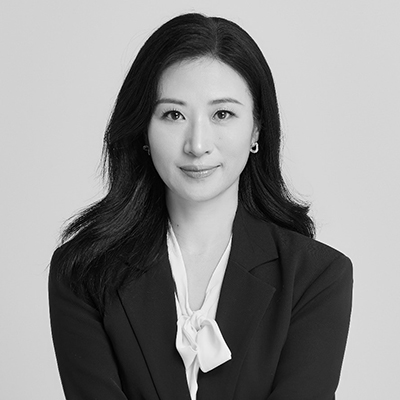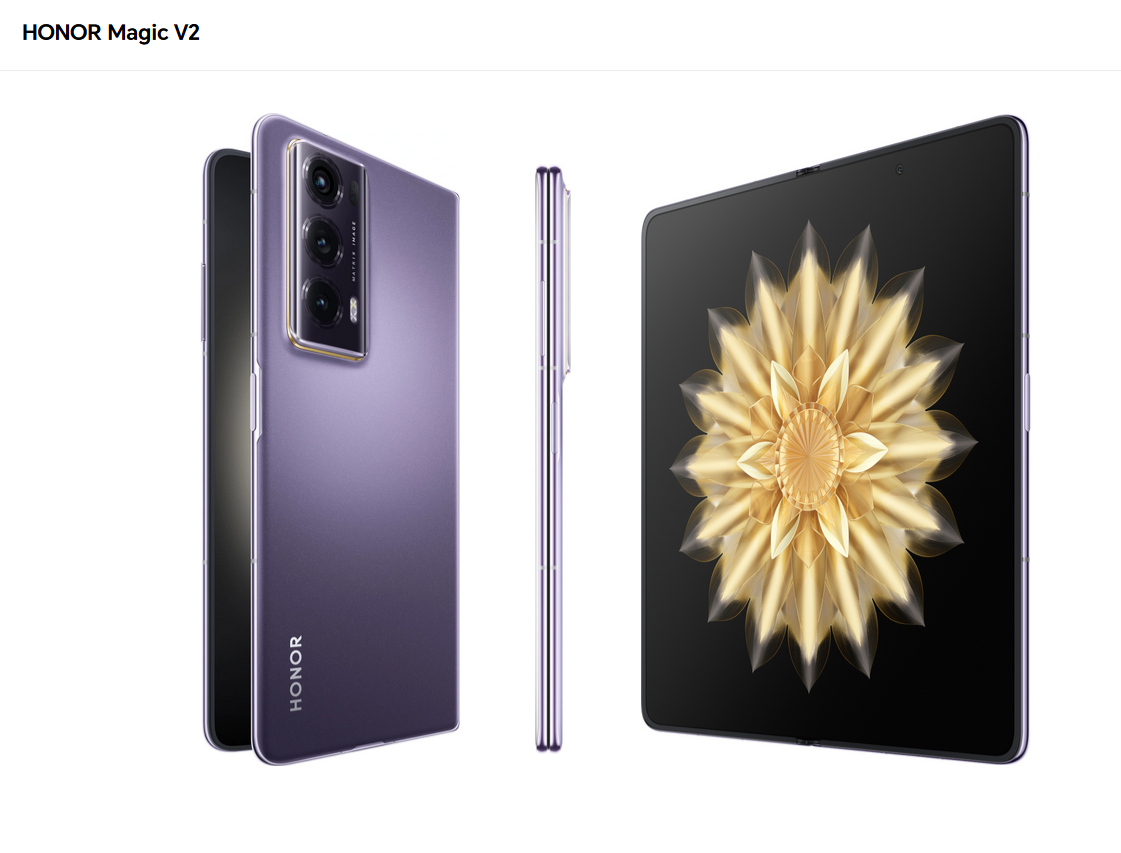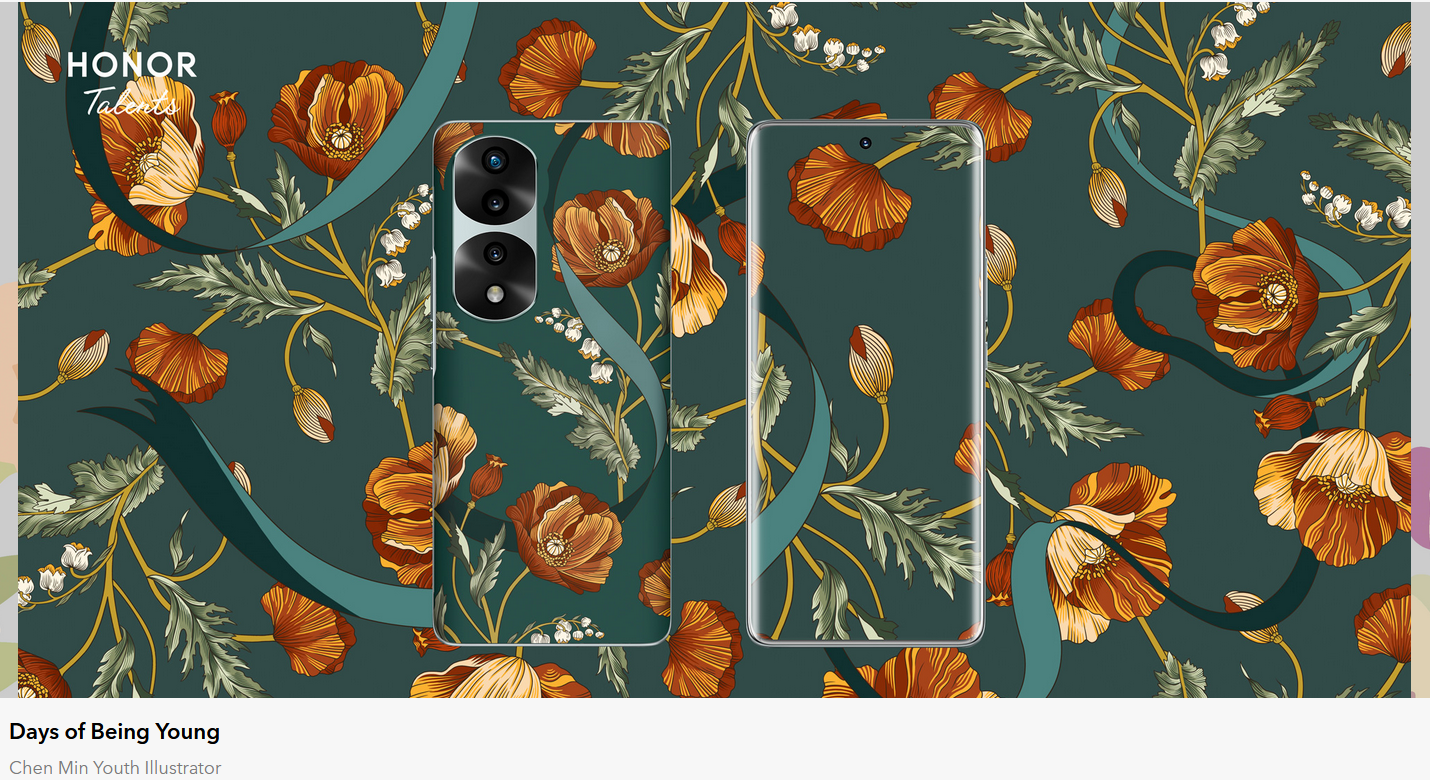As part of WARC Marketer’s Toolkit, Leila Li – Managing Director, Global Media & Brand Partnership, at Chinese smartphone brand Honor – spoke to WARC’s Jenny Chan about the importance of category innovation, AI-led creativity and scaling up in sponsorship.

Leila Li, Managing Director, Global Media & Brand Partnership, Honor
There's a lot of planning going on for 2024. We know that the China situation is not good – with a slowdown and volatility about costs, whether it's media costs or product costs. How is it affecting the business? Any ways to get around it next year?
I just read the statistics for the past Golden Week holiday, where you see many eager tourists but nobody spending much. So although you see people, you don't see consumption. I think that's the thing. Although we are post-COVID, the impact on the consumption mindset still takes time to recover. This overall macro economy slowdown has significant impact across categories.
Smartphones have been stagnating the past 2-3 years. In fact, shipments have been smaller than forecasts the past 2 years. I think this slowdown will trigger manufacturers to think harder about how to motivate consumers to buy smartphones. You can't just persuade them with small design tweaks or icon changes. You need to put effort into tech, bring out more innovation to motivate consumers to upgrade or switch phones.
So that's a downside, but also an upside – we can exercise marketing principles and branding fundamentals to persuade consumers. What are Chinese consumers' expectations for innovation?
For Honor, we foresee foldable phones as a trend. There's strong competition so you'd think everything's been tried, unless you change the phone shape. Nothing else is innovative enough.
No wonder everyone is putting out foldables – Oppo, Vivo, Samsung. Though, Apple has no foldable.
This shows Apple is more conservative about innovation post-Steve Jobs, it's not good for the category as they are market leaders. If leaders aren't bold enough, the pie shrinks. We've bet on innovation and made progress with foldables. Ours are the lightest in the industry.

You have that advantage from Huawei.
Although we spun off from Huawei 3 years ago, we built on their foundation.
For our global audience, what's the brand differentiation between Huawei and Honor smartphones?
Honor is human-centric, open and collaborative; Huawei emphasizes self-autonomy. We work with the ecosystem to produce the best devices for consumers.
Honor designated 2023 as our first year of expansion into overseas markets. In the two years leading up to this, we have focused on enhancing every aspect of our supply chain infrastructure to build a strong foundation. We have also worked to increase our domestic market share, and as of the last two quarters of this year, Honor became a dominant force in the Chinese market.
The potential for growth in overseas markets is significant, considering that there are fewer Android phones outside of China. With numerous countries to explore, we have already made strides in overseas expansion, particularly in regions such as Europe, Latin America, the Middle East and Malaysia. Our overseas business is a new venture for us.
This is a significant reason for my decision to join Honor during 2021. I considered the idea of promoting a Chinese brand on the global stage, and when I compared it to a few other brands like Huawei, Vivo and Oppo, I realized that their names might pose difficulties for foreign consumers to pronounce and remember, but I think Honor has a great name, and the meaning of ‘glory’ is an advantage.
Do you see different expectations between Chinese and overseas consumers in buying motivation?
Although they have different expectations in brand storytelling, the underlying motivation is the same: great tech, reasonable prices. For phones, tech and price must align, given their intimate everyday use for work and lifestyle.
For marketing budgeting, do you start afresh to calculate 2024 marketing needs? Or base on previous revenue and plan accordingly?
We don't do zero-based budgeting. As an engineering-driven company like Huawei, we're numbers-focused. Everything needs logical justification and strict ROI measurements. We refer to last year's baseline and review budgets quarterly based on country developments. We don't have fixed branding/performance ratios given varied country situations.
Any media channels proven more effective that you're investing more into next year, in China and overseas?
No unified effective medium for all, unfortunately. You need clear target audiences and channels. Whether giant screens or TV, accuracy is key – reaching the right crowds. Our studies show more premium touchpoints like airport and city center ads demonstrate a good brand image for high-end Chinese consumers.
Although both premium and mass consumers are all reached by outdoor media, if you look at it closely, different OOH formats represent different lifestyles. Shanghai Theater ads belong to the premium lifestyle and then ordinary Jing'an metro station outdoor ad hits the mass audience, but at the same time the high-end crowd.
What's the correlation with phone purchase decisions?
Mediums alone can't achieve conversions. Most effective mediums combine cost-effectiveness with creativity. This analogy may not be entirely appropriate, but it's like climbing a very high mountain: at the outset, you can drive a car because the road is wide enough, making it the most effective choice.
However, as you progress, the path becomes increasingly rugged and narrow, prompting you to switch to riding a horse and even a donkey. But as you ascend further, neither horses nor donkeys are viable options. Instead, you must continue on hands and knees, which is akin to the level of effort we're aiming for.
To engage high-end individuals, we can categorize them into various interest-based groups. For instance, our research suggests that certain middle-aged men in leadership positions within government and party organizations have a preference for marathons. These interests are quite prominent within this elite demographic, allowing us to create tailored offerings for them. For high-end women, pursuits like tea ceremonies and flower arranging might pique their interest. Additionally, there may be individuals who are passionate about car clubs or mountaineering. These activities form distinct circles of interest within their respective positions and life stages.
One misconception is that a lot of marketing practitioners look at media in a very mechanical way.
Especially in China?
Yes. Creativity, especially AI-led creativity, must be based on the media channel but it's hard for us in the past. It's a very complex arrangement in China where we didn't have the kind of attribution that's very precise and accurate as programmatic buying in China has been dirty.
In China, data silos and labeling issues hinder DCO (dynamic creative optimization) unlike overseas where the Google and YouTube platforms are providing these possibilities.
China lacks platform data openness and harmonization, even for big advertisers. Overseas conditions are more objective and better suit precision marketing and DCO.
In audience targeting and media planning, could AI generate benefits or is it hype?
AI can enable better precision – not narrow precision, but clear on target audiences and optimal channels. This helps attribution and audience selection.
The emergence of AI brings labeling and targeting benefits, but China has data/platform readiness issues vs tech capability. The problem is not a matter of technology, it's not a matter of capability, it's a matter of whether people want the current business rules to change or not.
Could AI facilitate moving from demographic to psychographic segmentation?
Absolutely, AI enables better psychographics – more sophisticated than crude demographics. But previously we lacked tools. An example for Honor: individuals who possess discretionary income exceeding 6 million RMB are our high-income targets and the under-40s comprise half of these premium Chinese consumers with 5-7% annual CAGR growth for this group – they are increasingly younger versus other countries. Though similar incomes, these 40-year-olds are completely different psychographically. AI should help with sophisticated, evolving segmentations.
What's your dream AI segmentation system?
Avoid over-granular segmentation. AI should refine an initial model through machine learning – constantly incorporating data to find more similar people. Past attempts failed from inaccurate assumptions. AI can automate this evolution.
Let's discuss gender - Honor's core audience has a lot of successful men. As gender roles shift, how should marketing evolve regarding masculinity?
As a global smartphone brand, in the context of Honor, we're unisex and don't conform to conventional gender stereotypes in our advertising. Unlike certain FMCG brands, we believe that addressing technical aspects is more critical. For instance, Snickers appeals to a predominantly masculine audience, while Dove targets young females who seek self-indulgence and SK-II successfully addresses the needs of modern women.
We must remain attuned to the evolving consumer landscape. Outdated notions of how men and women should be defined no longer hold true, and it's imperative for marketers to adapt. The prevailing societal values embrace diversity and inclusivity, which should guide marketers. Being sensitive to these values and avoiding overly rigid stereotypes is of utmost importance. If you’re stereotypical, it is not so much of a flop but just a waste of marketing money.
Do you see the need to rethink old-fashioned portrayals of male users?
Smartphones don't have strong male/female distinctions unlike highly masculine brands like shavers or beer. We haven't made big changes but should stay aware as gender roles shift. We employ local marketing heads and PR/social managers outside of China to understand local males better than Chinese expatriates, and we are featuring diverse races and skin colors when we choose models to reflect inclusive values. Masculinity definitions differ hugely between cultures so local partners are more intuitive to make those decisions.
Let's turn to sports marketing – does Honor have plans in this area?
Yes, this is an area we're focusing on as sports represent a lifestyle for high-end consumers and gather huge traffic. We sponsored the Shenzhen Marathon last year and will again. We're prudent and concerned about ROI – not just sponsoring a variety of shows or desperately throwing money at sponsorships. Sports are valuable IPs with relevant, quality audiences.

Good consistent targeting with the marathon. Given issues like sportswashing, how do you consider risks of reputation damage from controversial fellow sponsors when planning?
We don't have the luxury of worrying about sportswashing being so new overseas. No major sponsorships yet as we're still building foundations. But it is very important for the future. We must carefully consider controversies around host countries and fellow sponsors.
I believe that marketing and branding fundamentally serve as reflections of a company's values. How you convey your brand story has to be authentic. These aspects are essentially intertwined, as your company's values are internal, influencing how you educate your employees about the brand's story – which, in turn, is what you present to the consumer.
For sports sponsorships, your brand should be an external manifestation of your company's values. Therefore, when dealing with topics like sportswashing, it's essential to circle back and reassess your company's core values. In the long run, it's these values that truly propel a company forward. From an Honor perspective, our company's orientation is human-centric, not device-centric. You can't fake sincerity.
Some say live sports events are the last true mass media. Sports sponsorships require assessing values alignment of all stakeholders.
I agree. Brand building is hard but destroying it is easy. Caution is critical around issues that could easily damage brands nowadays given fragmented media.
We do a program called Honor Talent, empowering design students – many struggling creatively and financially. We provide opportunities through competitions, mentorships, and showcasing their work. This aligns with our and Shenzhen's values around youth, art and empowerment. As a young company, we must balance business needs with staying true to values. That sustains our brand.

When moral issues like human rights arise, how would you recommend brands respond?
Brands should cautiously avoid jumping into those issues without being certain of implications. I would try to stay away. Don't exploit them superficially for marketing. I think it's important not to be sorry. If I had one minute to summarize: for brands, it is still about embracing mainstream cultural values.
Marketing is exciting, requiring constant learning. If you're curious about people and culture, you'll thrive, applying your interests through a business lens.

